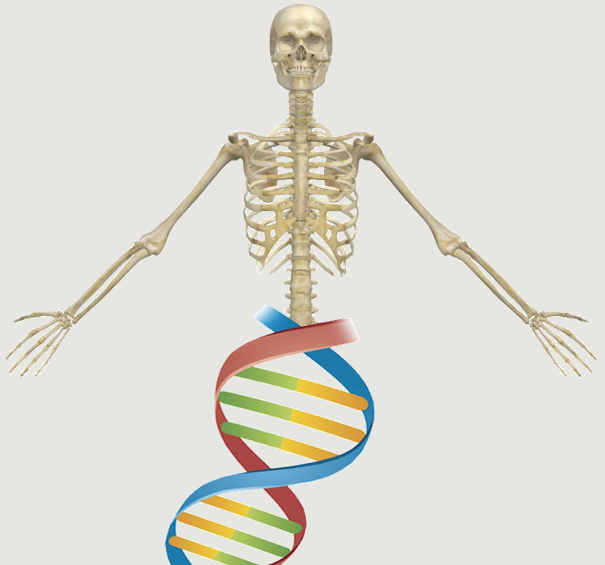Abstract:
The reduced field-of-view (rFOV) turbo-spin-echo (TSE) technique, which effectively suppresses bowel movement artifacts, is developed for the purpose of chemical exchange saturation transfer (CEST) imaging of the intervertebral disc (IVD) in vivo. Attempts to quantify IVD CEST signals in a clinical setting require high reliability and accuracy, which is often compromised in the conventionally used technique. The proposed rFOV TSE CEST method demonstrated significantly superior reproducibility when compared with the conventional technique on healthy volunteers, implying it is a more reliable measurement. Phantom study revealed a linear relation between CEST signal and glycosaminoglycan (GAG) concentration. The feasibility of detecting IVD degeneration was demonstrated on a healthy volunteer, indicating that the proposed method is a promising tool to quantify disc degeneration.
Notes:
Liu, Qi Jin, Ning Fan, Zhaoyang Natsuaki, Yutaka Tawackoli, Wafa Pelled, Gadi Bae, Hyun Gazit, Dan Li, Debiao eng England 2013/07/31 06:00 NMR Biomed. 2013 Dec;26(12):1672-9. doi: 10.1002/nbm.3001. Epub 2013 Jul 25.
Website

